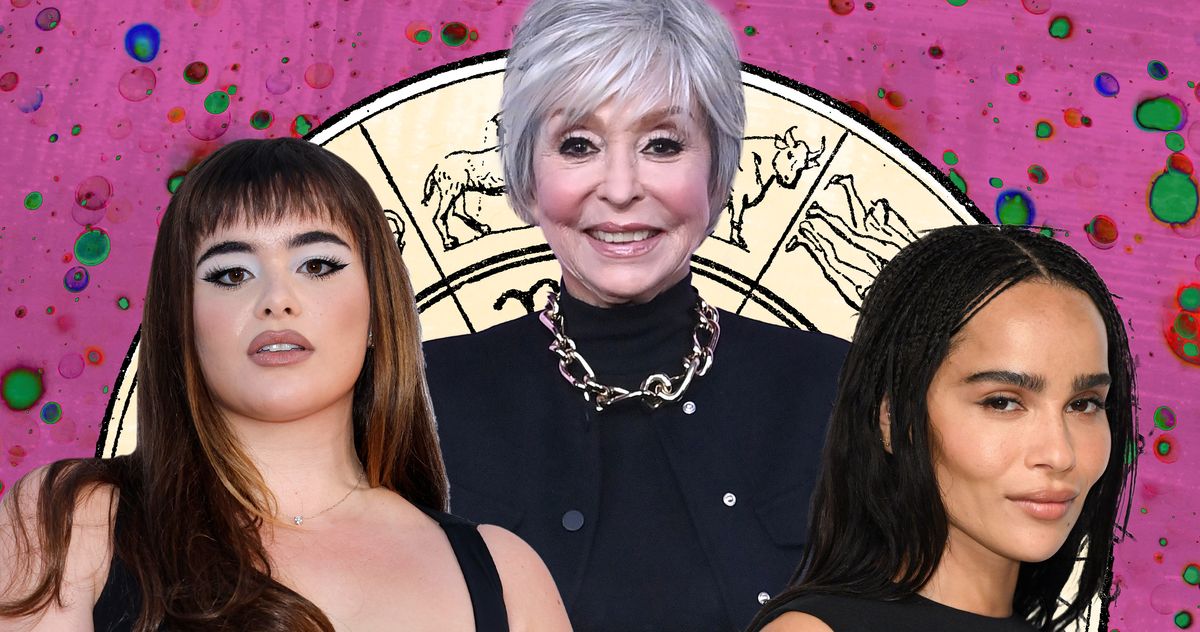Bussiness
4 friends spent $120,000 to launch a startup during grad school—now it brings in $670 million a year

If Dave Gilboa kept better track of his glasses, Warby Parker might not exist.
In 2008, Gilboa lost a $700 pair of Prada eyeglasses on a backpacking trip just before starting an MBA program at the Wharton School of the University of Pennsylvania. There, he met classmates — Neil Blumenthal, Andy Hunt and Jeff Raider — who understood his frustration.
Within months, the classmates were working on a solution that would eventually disrupt the nearly $150 billion global eyewear industry. They co-founded Warby Parker, a pioneering direct-to-consumer brand that’s sold millions of pairs of glasses, both online and in 269 brick-and-mortar stores across the U.S. and Canada.
Warby Parker brought in nearly $670 million in revenue last year. It currently boasts a market value of $1.79 billion, with Gilboa, 43, and Blumenthal, 44, serving as co-CEOs.
For most direct-to-consumer brands, the last, elusive piece of the puzzle is profitability, often due to razor-thin margins. Warby Parker is on the precipice: It’s making more money from brick-and-mortar stores than online, with in-store eye exams providing additional revenue, so it plans to steadily open more locations.
The simple strategy should push the company to a place of profitability and stability that has eluded so many of its compatriots, industry analysts say — probably as soon as next year.
“The need for glasses and contacts continues to grow and grow and grow,” Blumenthal tells CNBC Make It. “And we’re putting Warby Parker in a position to take advantage of that growth, to serve that very large growing need.”
Launching ‘the Netflix of eyewear’
Warby Parker launched in February 2010, when the four co-founders were still full-time students. They tapped into their savings — $30,000 from each, for a total of $120,000 — and Blumenthal used connections with eyewear manufacturers from his previous job at VisionSpring to create the company’s first inventory.
“We did pour our life savings in to get the business off the ground,” says Gilboa. Bootstrapping the business meant running it out of Blumenthal’s apartment instead of an office, and not taking any salaries.
They hired a fashion publicist to raise awareness. Vogue and GQ wrote about its launch, with GQ referring to it as “the Netflix of eyewear.” The articles published just as Warby Parker’s website went online, and the business was quickly overrun with orders. The fledgling company hit its first-year sales targets within three weeks.
Warby Parker co-founders and co-CEOs Dave Gilboa and Neil Blumenthal.
Source: CNBC Make It
Customers kept asking to visit Warby Parker’s offices to try on glasses in-person. So, after graduating and establishing headquarters in New York, the co-founders converted some of their office space into a showroom. “Suddenly, we were on track to do $3 million of [annual] sales out of our office,” says Blumenthal, calling it a “light bulb moment.”
Warby Parker opened its first brick-and-mortar store in Manhattan’s SoHo neighborhood in 2013. Last year, retail stores accounted for more than two-thirds of Warby Parker’s revenue, over $440 million. The co-CEOs hope to eventually operate more than 900 locations.
“This year, we’ll open 40 stores, and we can plan to continue on that cadence for years to come,” Blumenthal says.
Profitability in sight
Warby Parker’s revenue has consistently grown each year, yet the 14-year-old company remains unprofitable. Blumenthal and Gilboa point to an adjusted EBITDA figure — in Warby Parker’s case, “adjusted EBITDA” means excluding a series of non-recurring costs, charitable donations and tax-related expenses from the company’s bottom line — of $52.4 million last year as proof of financial viability.
That’s actually a fair assessment, says Anthony Chukumba, managing director and analyst at Loop Capital, an investment bank and advisory firm. “The company has no debt whatsoever, and generates free cash flow so they can fund continued growth,” he says, adding: “Warby Parker will be solidly profitable, from a net income perspective, by next year.”
Blumenthal and Gilboa tout plans to make Warby Parker a “holistic vision-care company” by turning stores into a “one-stop shop” for customers’ eye care needs, says Blumenthal. On a recent earnings call, Blumenthal noted that adding eye exams to retail stores helped increase Warby Parker’s average revenue per customer by more than 9% last year.
Today, Warby Parker operates 269 stores and plans to open hundreds more.
Source: CNBC Make It
Active customers are up, too: The company had more than 2.3 million of them in 2023, a rise of 30% since 2019, according to a Make It analysis of SEC filings.
But in comparison to the industry’s giants, Warby Parker remains small. EssilorLuxottica, the Italian-French eyewear company behind Ray-Bans and Oakley, brought in more than $28 billion in sales last year. Blumenthal insists there’s plenty of space for growth within that massive global eyewear market, which is why he doesn’t hesitate to name the company’s next ambitious goal.
“We want Warby Parker to be one of the most beloved brands in the world,” he says.
Want to master your money this fall? Sign up for CNBC’s new online course. We’ll teach you practical strategies to hack your budget, reduce your debt, and grow your wealth. Start today to feel more confident and successful. Use code EARLYBIRD for an introductory discount of 30% off, now extended through September 30, 2024, for the back-to-school season.
Plus, sign up for CNBC Make It’s newsletter to get tips and tricks for success at work, with money and in life.








